I was fortunate to be invited to HOOPP’s media release day on March 9, 2017 (Thursday). More importantly, I was able to squeeze in 15 minutes with Jim and ask him some questions. The Healthcare of Ontario Pension Plan (HOOPP) announced on Thursday that its Funded Status at the end of 2016 was 122%. The Fund’s net assets reached a record $70.4 billion, up from $63.9 billion in 2015, following a rate of return on investments of 10.35% in 2016. As a result of the Plan’s stable funding position, contribution rates made by HOOPP members and their employers have remained at the same level since 2004 and the Board of Trustees has committed to maintaining these rates until 2018. I want to thank Joe Vesci, Senior Manager Public Affairs of HOOPP who went out of his way to make this interview a success. Thank you Joe. Lastly, please enjoy the pics at the end of this interview.
Urgen Kuyee: Tell me a little bit about yourself. Which school did you go to? What was your role before you became the CEO of HOOPP?
Jim Keohane: I grew up in Ottawa. I went to the University of Ottawa for my undergraduate in biochemistry. And, from there I took my masters of business administration at Queen’s University. Following that, I actually went to work for several years, more than 20 years at a couple of different banks doing arbitrage trading and derivatives which today – that would be hedge fund world and kind of hedge fund type trading. Following that, I did come to work at HOOPP. I started with setting up a derivative portfolio here and then, became the chief investment officer and then, the CEO of the business. That is the kind of my progression.
UK: How long have you been in this position for?
JK: Since 2012. So, a little over five years.
UK: Can you quickly tell me the difference between a Defined Benefit Plan and a Defined Contribution Plan?
JK: Sure. I will start with a defined contribution plan because it is probably easier to explain but a defined contribution plan is a plan where simply an amount of money is put in. So, let’s say the employer might commit to put in 3-5% into a plan and its up to you to invest your money and whatever, however, success your investment is, that’s what your retirement will be based on. A defined benefit plan is, on the other hand is it defines what you are going to get paid in retirement which is typically about you know 60% – 70% that will drop your pre-retirement income and it’s up to the fund to actually then manage that to make sure we can deliver that to you. So, HOOPP is a defined benefit plan.
UK: How did the HOOPP fund perform in 2016?
JK: We actually performed quite well. We had a return of 10.35%. So far I have not seen anybody with higher return. I have seen a couple of funds close to that but that is the highest I have seen so far of major pension plans. We improved on our funded position. Our funded position increased by 2%, which is probably, the most important statistic, which essentially is the assets divided by the liabilities. Our liabilities are essentially the current, future pension payments that we have to make to the members of the plan. So, if we take the total amount over the members of the plan and divide our assets by that number, it comes to 1.22%. In other words, we have $1.22 on hand for every dollar to make pension payments.
UK: Now, I am aware 80% of HOOPP members are female members. However, I also know a couple of my female co-workers (nurses) who choose to opt-out of HOOPP? What would you tell them Jim?
JK: I would tell them that’s one of the biggest mistake they can make.
UK: I agree.
JK: HOOPP is a great plan. There are things that you get as a member of HOOPP that you can’t get on your own. There are a couple of things, for example we have risks that are shared cost generation. For example in 2008 if you were a HOOPP member, you would still get what you were expecting during retirement but if you were an individual because the market went down by 30-40%. I mean you may have 30-40% less money than you thought you were going to have to retire. You have to absorb all the risk by yourself. The other place where it comes to play is sharing the mortality risk. So, some of us are going to die younger and some of us are going to die older. But, on average people typically live up to mid 80’s and late 80’s. We can manage and set up the money. Some of our members live much longer. We have one member who is 106. So, if you are in HOOPP you are going to get paid your entire life no matter how long you live. So, that risk is taken away from you. So, you never have to worry about running out of money when you are 90 years old. We will manage that risk for you.
Another thing you can get with HOOPP that you cant get on your own is that you get inflation protection. We adjust your pension payment every year by the cost of living by the consumer price index (CPI). That type of protection is almost impossible to get as an individual. So, those are the big benefits by staying with HOOPP. But also, at our scale we can keep our investment cost very low. Our investment cost is .2% where as most individual running individual accounts will have to pay closer to 2% so that difference over the life of the plan will have a huge difference in net outcome. Now, when you do the math on that even if you do earn the same return, which you probably wont, you will end up with a pension half the size. So, it’s very important to be in the plan and it is one of the best plans out there.
UK: One of my co-workers wanted me to ask you this question. She was off work for a year on pregnancy leave. She was wondering if she buys back the contribution she missed which she said was around $10,000 would be a better option? Or, to work for an extra year and postpone her retirement one year.
JK: Generally speaking if you got the money, it is better to buy it back but both things are good. I mean the best thing I would suggest is to call one of our customer service representatives to our call centre here and they can run through that with her to understand the options there and what’s the best thing for her. So, it’s an individual thing but generally speaking buying back is a very attractive alternative.
UK: How do HOOPP’s investments translate into pension payments?
JK: We collect money from members every paycheck and we re-invest it. The employer matches that. So, the employer actually puts in – for every dollar you put in, the employer puts in $1.26 (Hi peeps, its Urgen xoxo Like I always say, its not $1.25 it is $1.26 for every dollar. You heard it from the CEO of HOOPP). And, then we take that money and invest it over your working career and when you are retired, we return the money. When you actually calculate all out, about 75 – 80 cents for every dollar we pay you comes from investment return.
UK: Wow.
JK: Yes, you actually only pay for about I think its 9 cents for every dollar you get paid as a return of your capital and then, employer puts in about 12 cents. So, it’s a very good deal for you. You get a dollar back for every 9 cents you put it so it is a very good deal.
UK: What is the best thing about working as a CEO of HOOPP? What are some of the challenges?
JK: I would say the best thing about working as a CEO of HOOPP is meeting members and understanding that you do make a big difference in their lives. I mean I think what we do is something people can’t do by themselves; People that we deal are people like yourself – nurses that are taking care of people like us. We like to see you focus on doing your job, which is a very important job, and we try to make sure we take care of your financial security and retirement and you don’t have to think about that part. We do meet retired members, they are very appreciative of the fact that they have this financial security in retirement that they probably could not have otherwise. So, they are very thankful. So, that’s one of the great things about being in the job – being able to make a difference in people’s lives in a positive way. Uhh, I mean challenges are it’s a large fund. We are always trying to figure out the best way to do things and meet the obligation. Sometimes, things can go wrong and that’s just not fun. We are investing huge amounts of money so it is pretty hard to always get it right. We try hard but we don’t always get it right. So, that’s the difficult part of it.
UK: What advice would you give to your 25-year-old self?
JK: Join HOOPP! Hahaha
UK: Absolutely, good answer.
UK: I know you read a lot of books. What book have you “gifted” the most to other people?
JK: The book I have gifted the most to other people is probably – “The Seven Habits Of Highly Effective People” written by Stephen Covey. One of the best personal growth books I have ever read.
UK: What is something you believe that other people think is crazy?
JK: I don’t know.
UK: I am aware we are running out of time. Let’s play a quick fire. You can only pick one answer or use one word to answer.
UK: Cash or credit card?
JK: Cash.
UK: Text or talk?
JK: Talk. I am old school.
UK: Mutual funds or index funds?
JK: Index funds.
UK: Books or podcast?
JK: Books.
UK: TFSA or RRSP?
JK: TFSA.
UK: Finally, one word to describe you?
JK: Grounded.
UK:Thank you for talking to me today Jim.
JK: My pleasure.
This interview has been edited and condensed. Thanks to Jim for his contributions, all errors are mine.
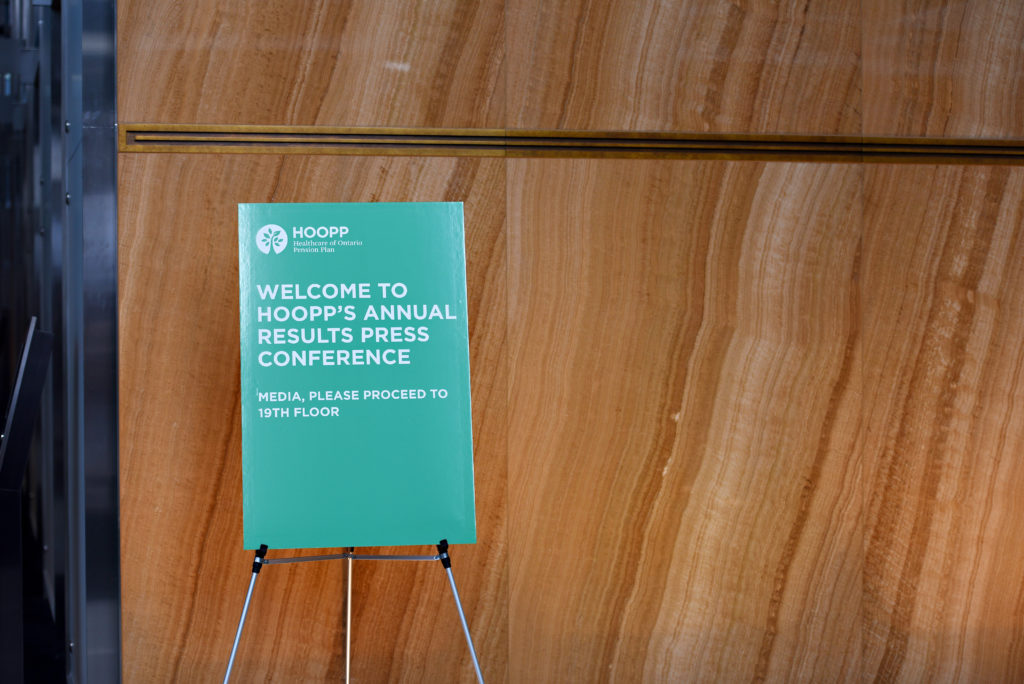

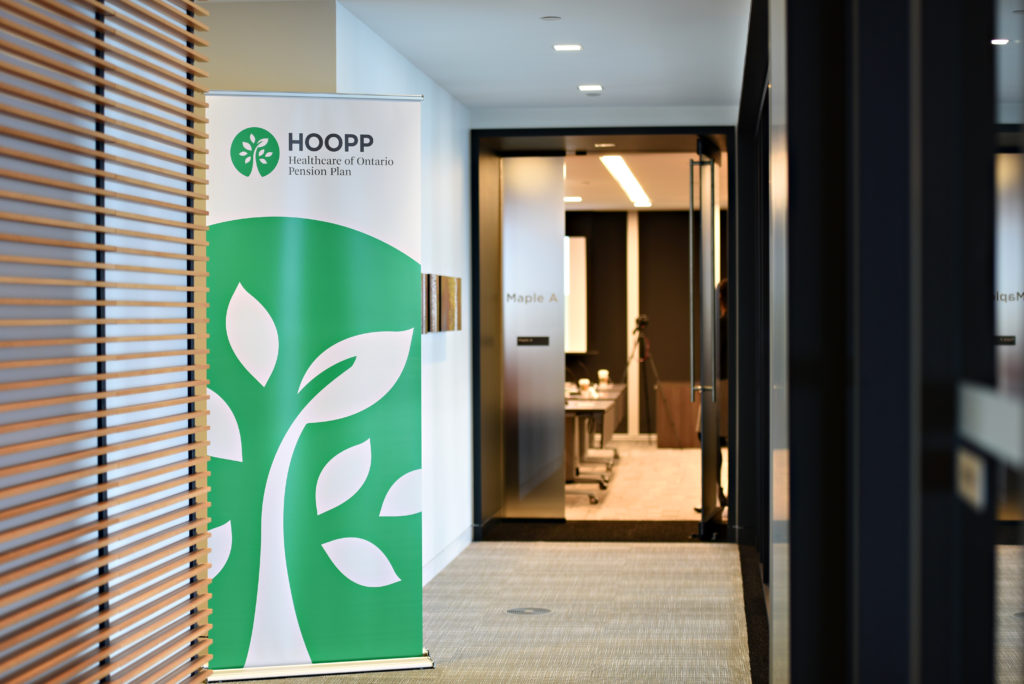
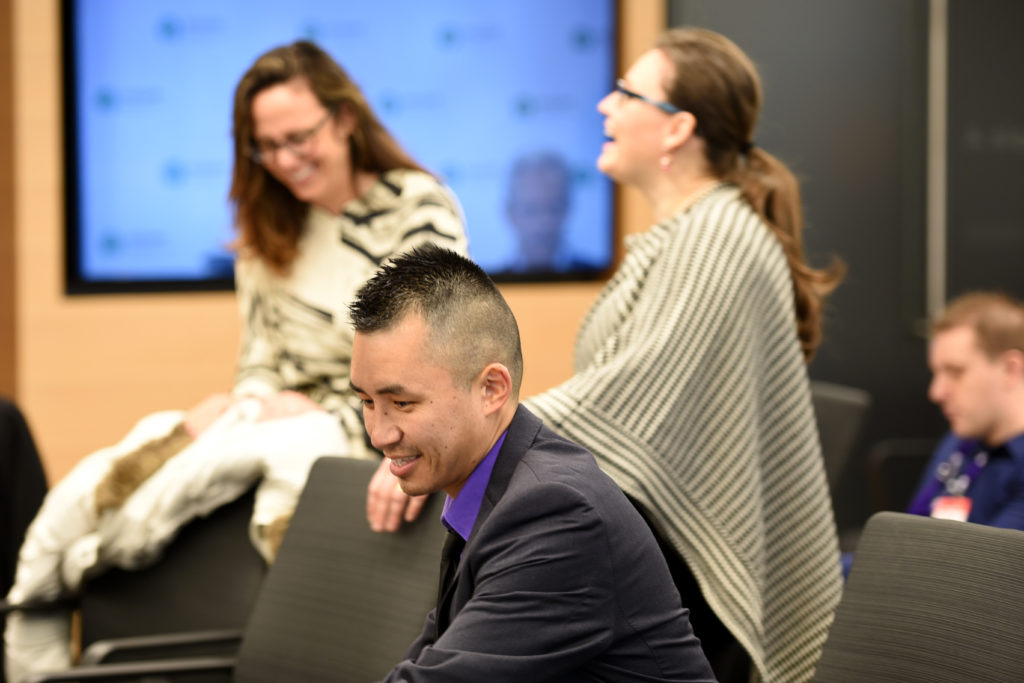




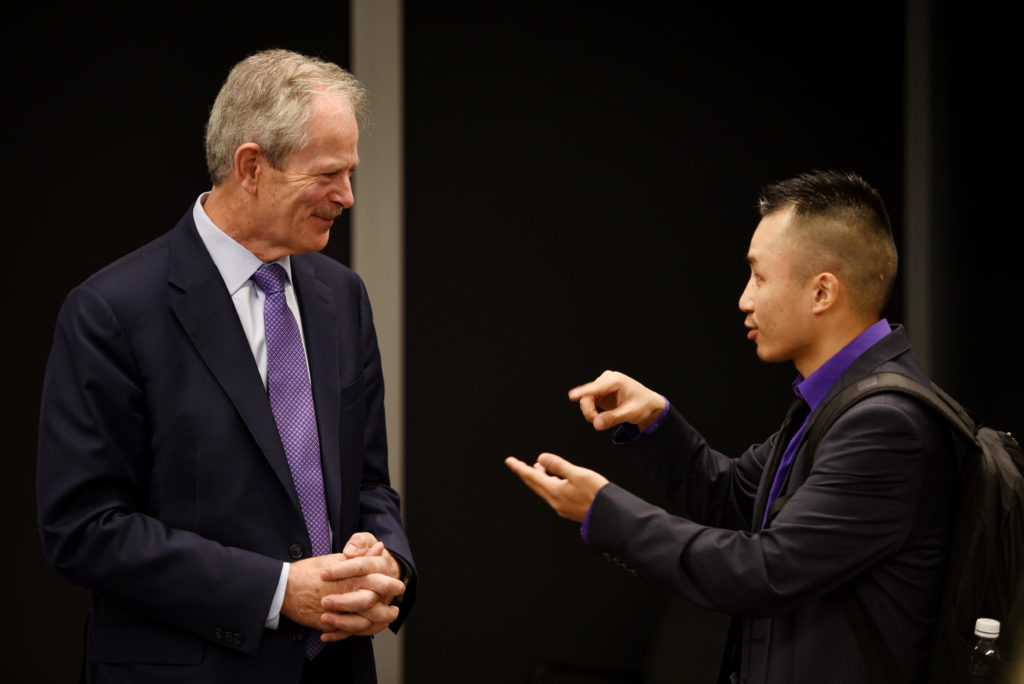


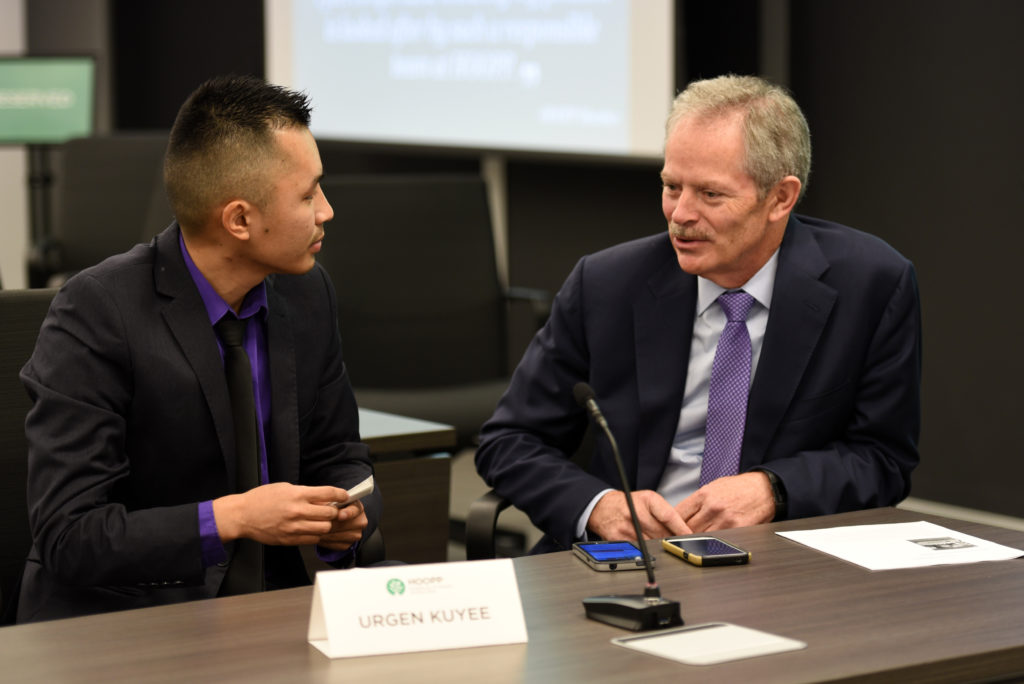

Look forward to the podcast bud! Keep at it 🙂
Likewise. Can’t wait to get on the mic with you.